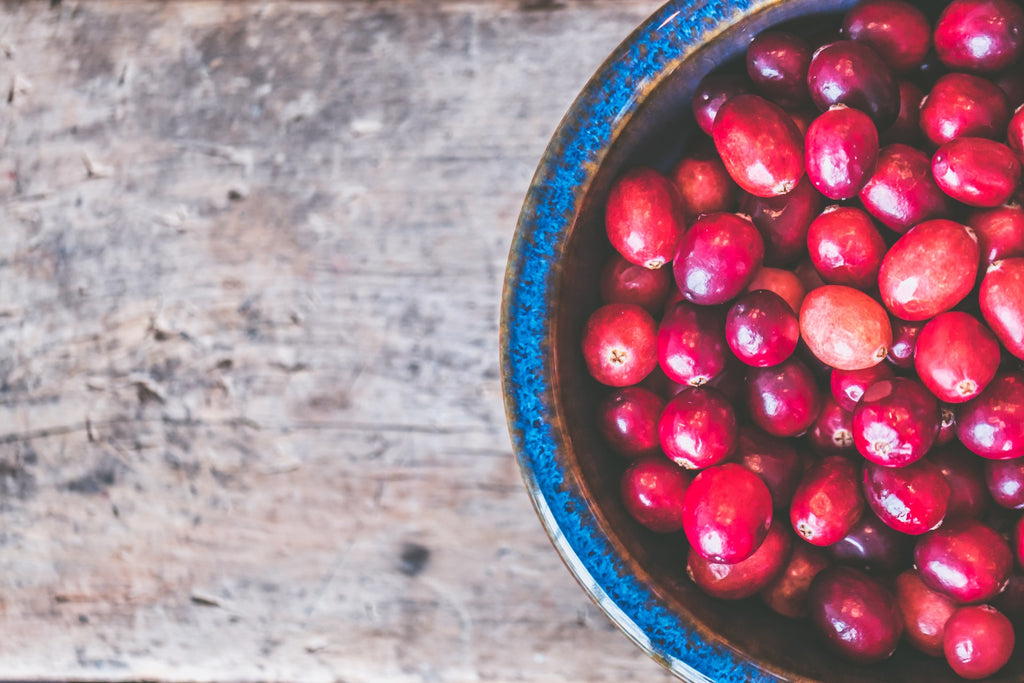The Coffee Transformation Process

The Harvest
After the cherries have matured, the coffee is harvested so that it can be processed. Specialty coffee is harvested manually and selectively, where only the cherries that are ripe and have a reddish color are picked. There is also the manual method known as stripping , or the mechanized method, both used in low-quality coffees where the selection of berries is almost non-existent since all the cherries are picked.
The Post-Harvest Process
After the cherries are harvested, the cherry seeds are extracted, where, on average, 1 kg of cherries is equivalent to approximately 240 g of green seeds. There are two most commonly used post-harvest methods: the natural method and the washed method .
Natural method - The fruits are left to dry for about two to three weeks and must be stirred gradually to ensure that they are completely dry. During the night, the fruits are covered to protect them from the lowest temperatures and possible humidity. When drying is complete, the fruits are usually taken to a rotating drum where the dry husk and parchment (the second-to-last protective layer of the grain) are removed.
Washed method – The cherry is pressed, the grain is removed and left to ferment in containers with water for around 12 to 18 hours. Once the fermentation process is complete, the grain is left to dry where the parchment (the penultimate protective layer of the grain) is extracted.
Roasting and final extraction
Specialty coffee is usually roasted in small batches by an experienced roaster, and it is during roasting that the best characteristics of the coffee are brought out. On the other hand, commercial coffee is roasted in large batches, with less quality control. Before starting any roasting, it is important to know the green bean weight, the moisture percentage and the density of the bean. With all this information, it is necessary to draw up a roasting plan that may differ from roast to roast. Coffee is usually roasted using gas (there is also an electric method) and it is as it is roasted at high temperatures that the properties of the bean begin to develop. After roasting, the bean should rest for an average of 5 days, as only after this time can all the aromas and properties of the bean be maximized.
Finally, the coffee is passed on to the barista, whose job it is to extract the coffee perfectly so that you can enjoy all its aromatic notes. There are several extraction methods, from espresso to filter.

Leave a comment